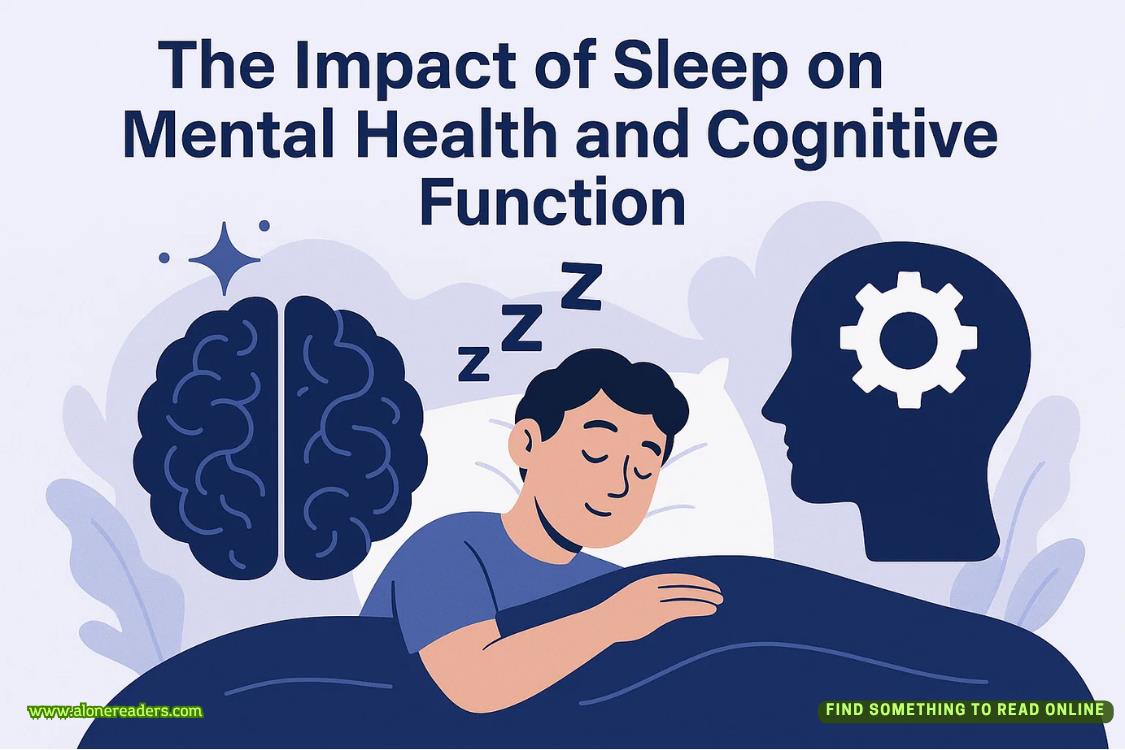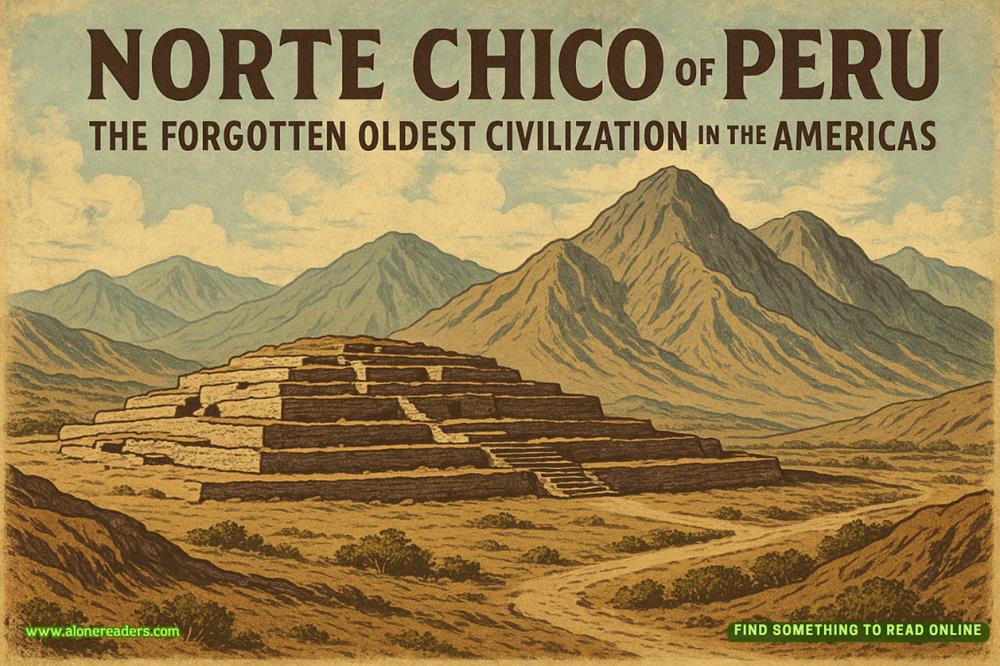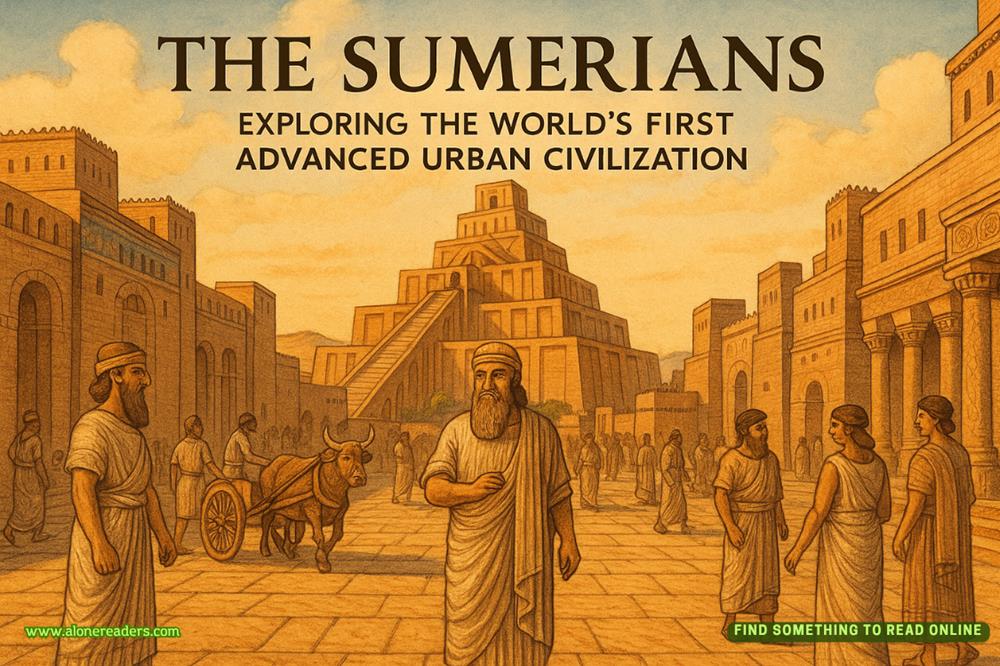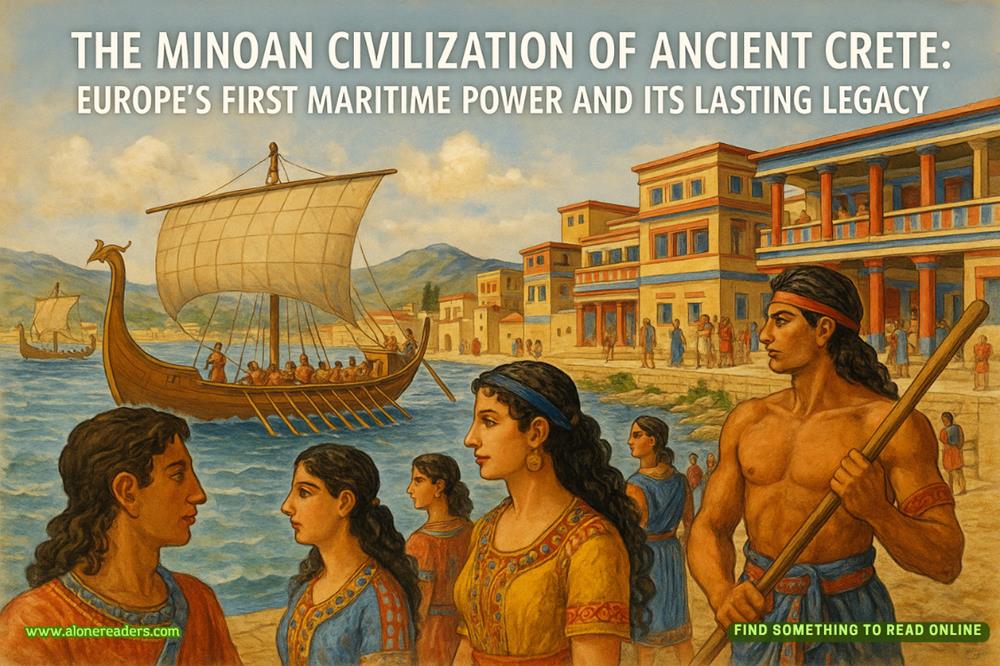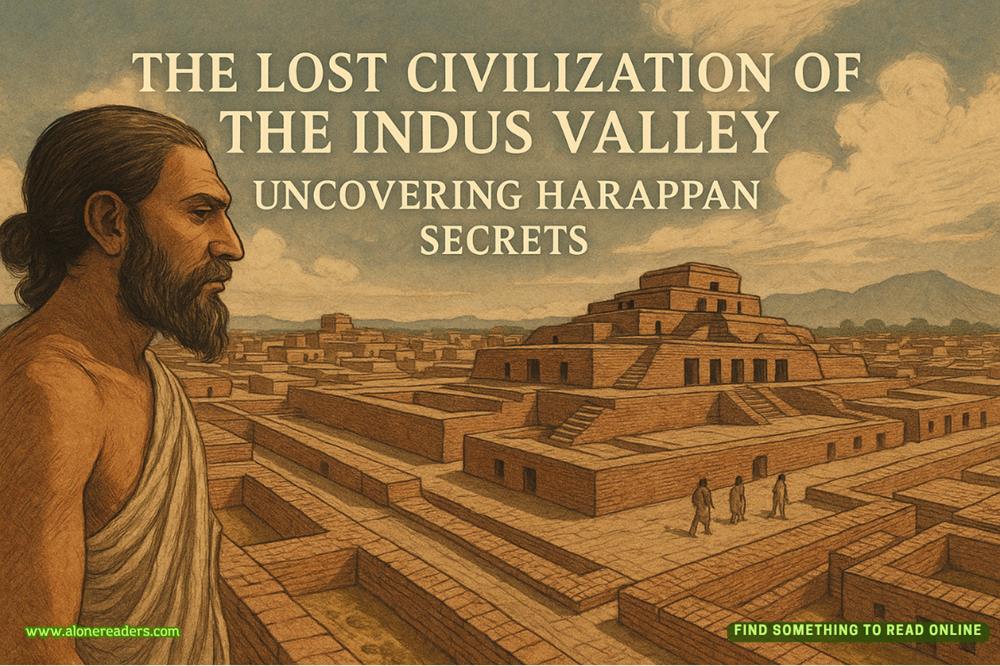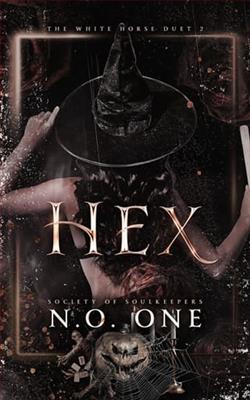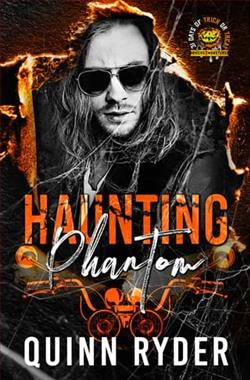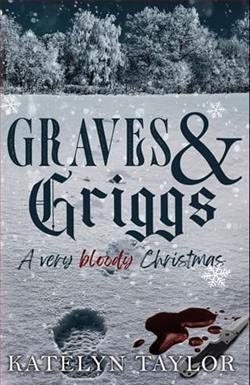Page 100 of Resurrection Walk
“And how did that help you?”
“Like I said, a cell phone is connected to many of its carrier’s towers at once, but the connection is strongest to the tower nearest the phone. And the data transmitted from the phone to the tower includes decibel strength based on proximity and GPS coordinates. That’s why when you use a mapping app like Waze or Google Maps, you see your exact location on the screen.”
“Are you saying that this data you collected with the subpoena showed exactly where Roberto Sanz was located throughout the day of his death?”
“Correct. And I was able to chart it on a map.”
“Do you have that map with you?”
“Yes.”
Haller turned his attention to the judge and asked if Bosch could step off the witness stand and display the map on a courtroom easel so that he could better explain his findings. With no objection from Morris, Coelho allowed it and the court clerk retrieved the easel from an equipment closet. Five minutes later, Bosch’s unfolded map was clipped to the easel. There were three lines — red, blue, and green — charted on the map. Bosch had carefully drawn the lines with the map spread across his dining room table. He hoped his conclusions would be clear and understandable to the judge.
“Okay, so what do we have here, Detective Bosch?” Haller asked.
Before Bosch could answer, Morris objected.
“He is no longer a police officer or a detective,” he said. “He should not be referred to as ‘Detective.’”
“Sustained,” Coelho said.
Haller threw a look at Morris that clearly said that was a chickenshit objection, then moved back to his direct examination of Bosch.
“I see three lines on your map,” he said. “Which is Roberto Sanz?”
“This one,” Bosch said. “The green.”
“I’m sure we will get to the others soon enough, but let’s stick with the green. What did you find that was significant about Roberto Sanz’s movements in the hours before his death?”
Bosch pointed to a spot on the green track.
“This place right here in Lancaster,” he said. “The data showed that he was here for nearly two hours.”
“And what is significant about that?” Haller asked.
“Well, two things. One is that this location is a hamburger place called Flip’s and this was where Roberto Sanz had gotten into a shoot-out with four gang members the year before. The second is that it was established in the original investigation that Roberto was two hours late bringing his son home to Lucinda, and he told her he had had a work meeting. But it was determined that there had been no meeting involving his sheriff’s unit. So this is new information placing him at this business during those two hours — the place where he had been in a shoot-out the year before.”
“And now, looking at your map, I see the red line intersects Roberto Sanz’s green line at that location. Am I reading that correctly?”
“Yes. Those two phones were there almost the same amount of time. The red phone was actually there first, arriving six minutes before the green. Then they both left an hour and forty-one minutes later.”
“And what did you take from that?”
Morris objected, stating that Bosch’s answer would be speculation and not fact. The judge sustained the objection and Haller started another path toward the answer he wanted.
“How did you come up with the red line?” he asked.
“I thought that the length of time that Sanz was at Flip’s seemed excessive,” Bosch said. “It’s a fast-food place and he’s there an hour and forty-one minutes. Besides that, it was where he had gotten into a shoot-out, so why would he go there unless the location was important to what was happening that day? So I concluded that he was meeting someone there. This led me to search the data for another cell phone exhibiting the same GPS coordinates at the same time.”
Bosch looked at the judge as he answered, hoping to get a read on whether he was explaining himself clearly. The judge’s eyes were focused on the map and she gave no indication that she was confused. Bosch’s attention was drawn back to Haller with the next question.
“But couldn’t it have been a phone with a different carrier that wouldn’t show up in the data?” Haller asked.
“That was the risk,” Bosch said. “But I knew that AT and T gave discounts to military and law enforcement personnel, so I thought if he was meeting someone, there was a good chance it was a fellow LEO.”
“‘Leo’?”
“Law enforcement officer.”
